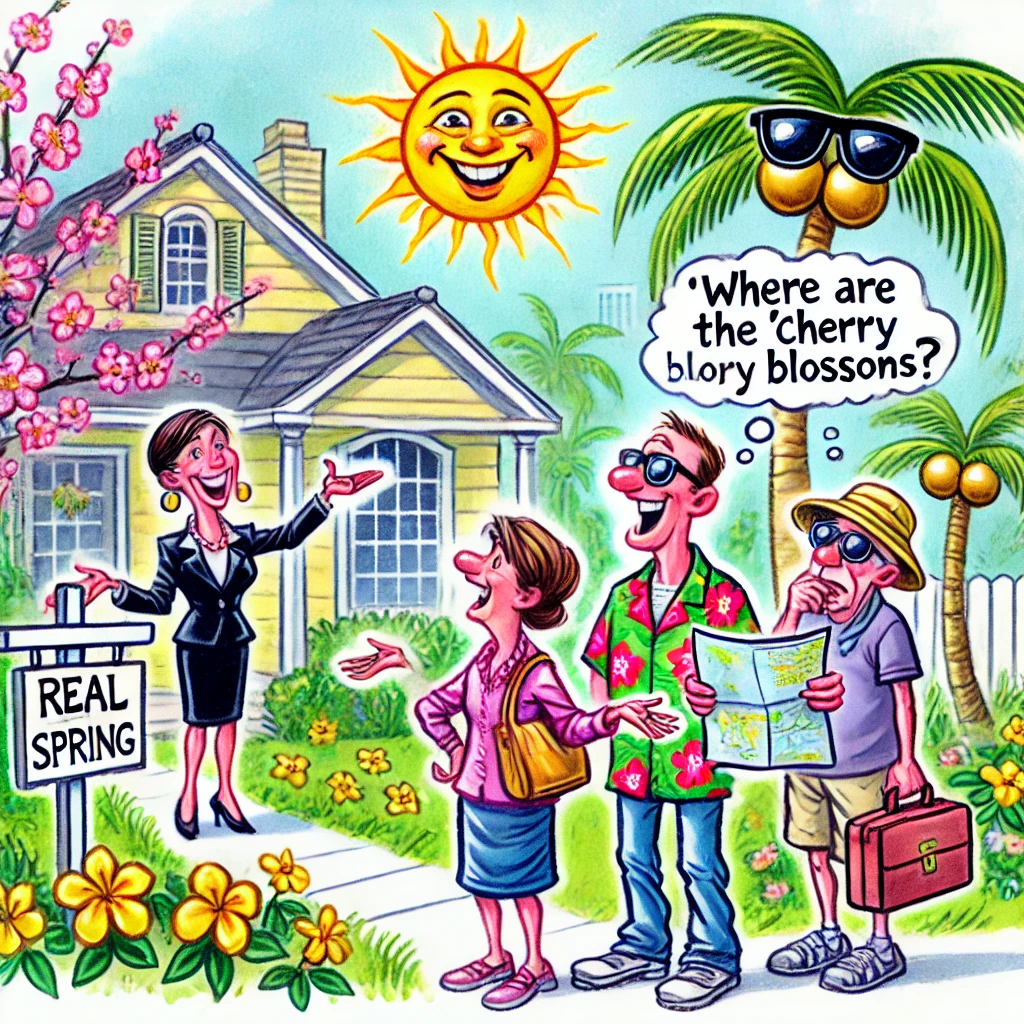Share

Understanding Private Mortgage Insurance
Mortgage lenders typically want borrowers to put down 20 percent of the purchase price toward a home. For borrowers who do not have a lot of money for a down payment, it can be difficult to qualify for a mortgage. Some lenders approve mortgages with less money down, but those borrowers are considered a higher risk than those who put down 20 percent. Lenders often require borrowers with lower down payments to obtain private mortgage insurance (PMI). This is insurance provided by a private company that is designed to protect the lender if the borrower is unable to make the monthly mortgage payments.
When Is Private Mortgage Insurance Required?
If you obtain a mortgage through a conventional loan and put down less than 20 percent, the lender will likely require you to purchase PMI. It may also be required if you refinance your mortgage and you have less than 20 percent equity.
In some circumstances, you may be able to obtain a conventional loan with a low down payment that doesn’t require PMI. In that case, you will probably have to pay a higher interest rate. That option may or may not be more expensive than purchasing PMI. Talk to your lender about your specific circumstances and how much each scenario would cost. Also talk to a tax advisor about how paying for private mortgage insurance would affect your taxes and whether you might be better off accepting a higher interest rate to avoid paying for PMI.
If you do not have enough money for a 20 percent down payment, you may be able to qualify for an alternative type of loan, such as one through the Federal Housing Administration (FHA). Talk to your lender to find out how your down payment, credit score and other factors would affect your payments and whether that would be cheaper than obtaining a loan with PMI.
How Is PMI Paid?
Depending on the lender, you may have one or more options to pay for PMI. Some lenders charge monthly premiums that are added onto the cost of the mortgage. Others require a one-time premium paid at the time of closing, and some require both an upfront fee and monthly payments. Some lenders allow borrowers to choose the option that works best for them, while others offer only one method of payment.
Carefully Weigh Your Options
If you do not have enough money for a 20 percent down payment, you may still be able to obtain a mortgage, but you could have to pay extra for private mortgage insurance. Consider various options and talk to your lender about how much a variety of scenarios would cost you, both monthly and over the course of several years, to decide which type of loan and down payment amount are best for you.
Published with permission from RISMedia.
STAY IN THE LOOP





